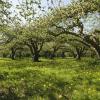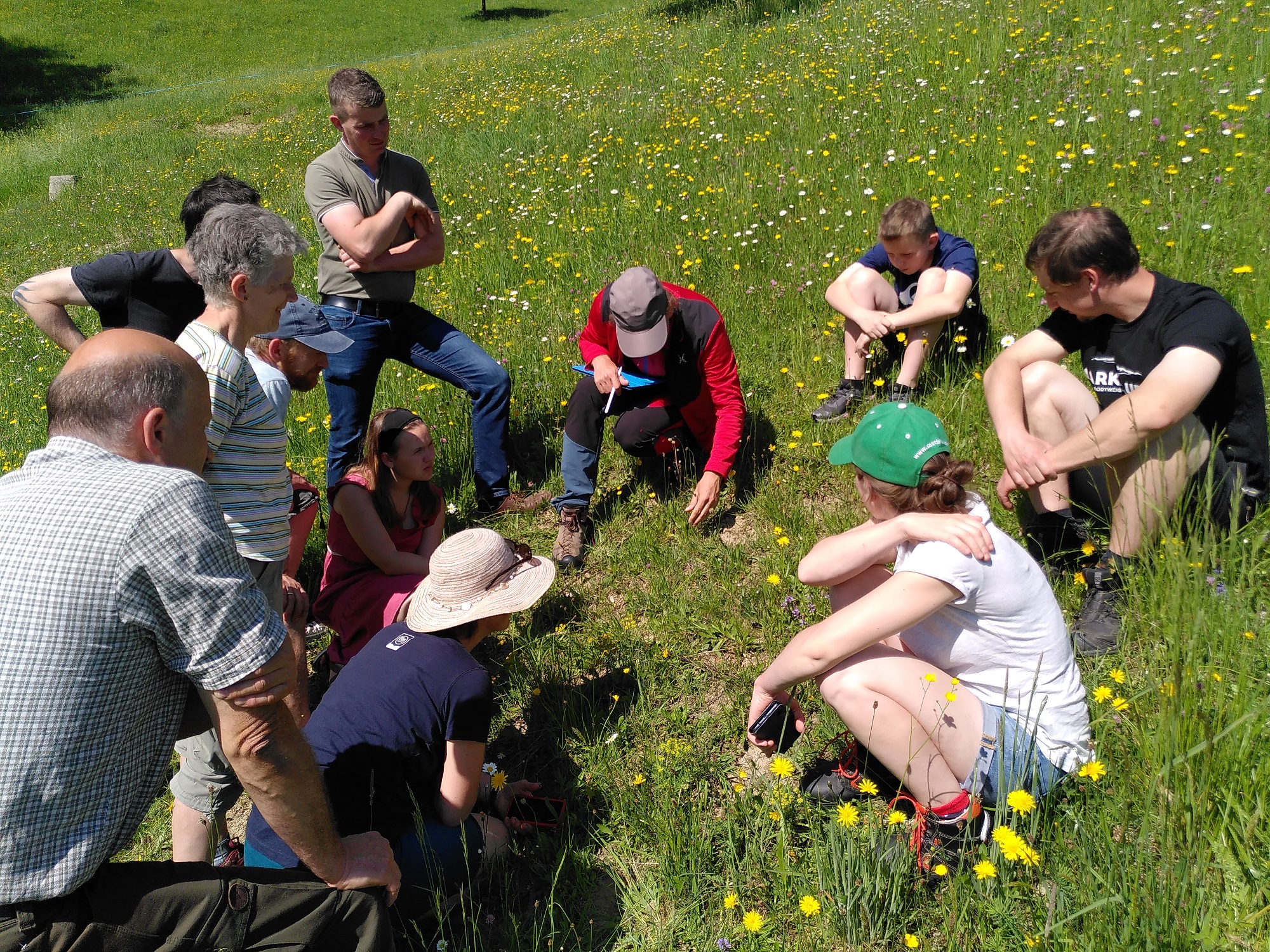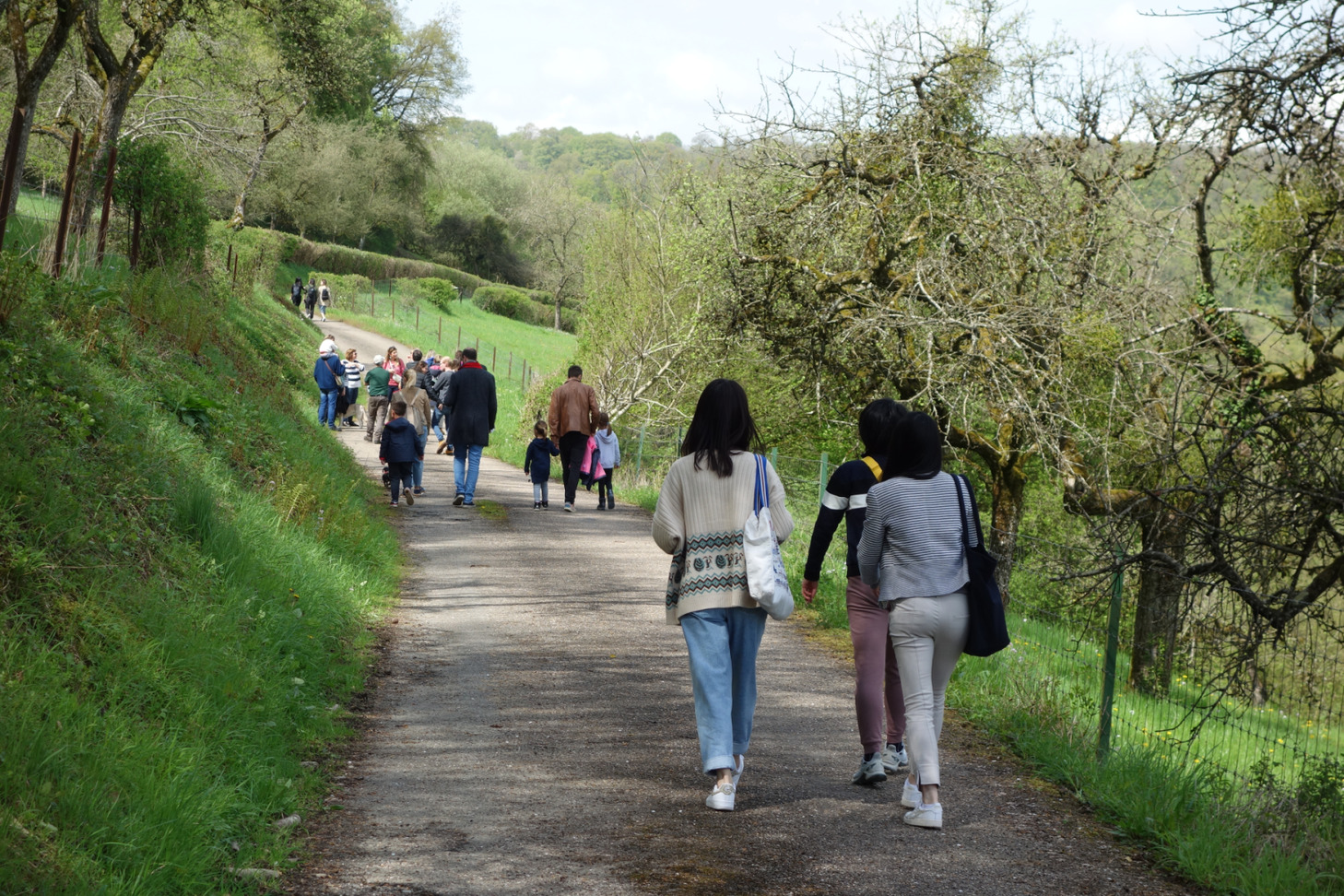
Managing land for agriculture has shaped civilization, but it has also led to biodiversity decline and other problems that today threaten the future of humanity. The EU Horizon 2020 FRAMEwork project is supporting a transition to biodiversity sensitive farming by uniting farmer clusters and citizen observatories to protect sensitive ecosystems while ensuring food security.
Managing and working land for food has laid the foundations for modern human civilization. In doing so, agricultural practices have contributed to both the proliferation and tragic decline of biodiversity. For example, practices used over centuries, such as extensive grassland management through infrequent cutting and grazing, have led to some of the most biodiverse grassland plant communities in Europe. However, such practices have been declining drastically, giving rise to agricultural intensification. With its associated land use change, pollution, use of herbicides and pesticides, and associated over-exploitation of resources and energy, agriculture has fundamentally and globally contributed to what has recently been coined as the Sixth Mass Extinction.
This is the sad, well-known, facts-based story. Solutions to this very wicked problem as well as their implementation are, however, less clear cut. They largely revolve around two approaches, either sparing and protecting designated land areas so biodiversity can re-establish and thrive with minimal human intervention while intensifying agriculture elsewhere, or sharing land under a biodiversity-friendly, low impact farming regime, which can equally support biodiversity as well as food production.
To be successful, both approaches require specific policy regulation, buy-in and innovations from farmers, land managers, and actors along the food value chain, as well as engagement of rural communities and environmental organizations. They also require suitable and accessible local data and information for decision making. Furthermore, communication among the different actors of the value chain and beyond involves active exchange and mutual comprehension across farmers, businesses, local communities, and research organizations, who often are not used to working together. Hence, grasping these complex socio-ecological systems can be a challenge, let alone actively trying to establish, nurture, and manage them.
The EU Horizon 2020 FRAMEwork project set out to accomplish just that. FRAMEwork supports the transition to biodiversity sensitive farming at a local level on 11 sites in 9 European countries by strengthening multi-actor networks and blending the concepts of farmer clusters and citizen observatories. Farmer clusters have emerged bottom-up and have rapidly spread in the UK over the last decade. Typically, they are a group of locally adjacent farmers, or farmers in the same region, who, supported by a facilitator, actively work together to improve the ecological health of their farmland and protect biodiversity on a landscape scale. Citizen observatories are a particular form of citizen science and collective action, where local communities engage in the collection and use of data to support monitoring efforts, advocacy, and place-based decision making.
One example of such a cluster is the FRAMEwork farmer cluster in the Mullerthal Region in Luxembourg. The cluster brings together eight farms and farmers that focus their farming business on grazing livestock placed in a traditional high-stem orchard and grassland landscape. The cluster is supported by a local cider producer, who helps manage the old fruit trees, buys the fruits from the farmers and hence, incentivizes the farmers to keep the old trees as well as plant new ones. At the same time, this allows the community to keep the traditional landscape alive and their local heritage protected.
In 2022 and in 2023, a large BioBlitz event as part of the global City Nature Challenge was organized locally, bringing more than 350 visitors to the orchard area, including people from the village and wider local area as well as people living as far as Luxembourg city. They came to the farmer cluster to learn more about biodiversity, take biodiversity observations with the iNaturalist app, join bird walks, and enjoy themselves at a small village party. During those events, more than 1,000 biodiversity observations were collected and shared. Of these, more than 50% have become iNaturalist “research grade” observations and hence qualify to be included in the Global Biodiversity Information Facility (GBIF) database. The events were the result of a collaboration between the scientific partners (Luxembourg Institute of Science and Technology (LIST), IIASA, the Nordic Agency for Development and Ecology, and The James Hutton Institute), the local cider company Ramborn, the Luxembourg National Museum of Natural History, and the Natur- and Geopark Mëllerdall. Based on previous successes, the local partners are now keen to establish the BioBlitz as a recurring event in the region.
 © 2023, CNES / Airbus, European Space Imaging, GeoBasis-DE/BKG, GeoContent, Maxar Tefchnologies. iNaturalist.
© 2023, CNES / Airbus, European Space Imaging, GeoBasis-DE/BKG, GeoContent, Maxar Tefchnologies. iNaturalist.
Number of biodiversity observations on iNaturalist before (77) and after (1078) two BioBlitz events organised in 2022 and 2023 in the Luxembourg Farmer Cluster. Available from https://www.inaturalist.org/observations?place_id=181460
In addition to activities for citizens and local communities, farmers engage in taking biodiversity observations, getting to know the wildlife in their respective orchards, and improving their understanding of how to manage them to protect and enhance biodiversity. With scientific support from LIST, several cluster farmers have mounted wildlife camera traps in their orchards, collecting biodiversity imagery with some promising and exciting first results. For example, thanks to the camera traps, a middle-spotted woodpecker (Dendrocoptes medius) was captured, for which conservation efforts are underway across Europe. However, when using motion-triggered wildlife camera traps, researchers and farmers are also faced with vast amounts of images before being able to derive any useful insights. First, the raw material needs to be sighted and sorted. Farmers will be able to contribute to this first important step of data analysis through a dedicated crowd-sourcing campaign. Using the Picture Pile app for rapid image classification, they will identify relevant images with wild animals, which is a prerequisite for any species identification to follow.
Public actions and joint observation activities like these, in combination with facilitated cluster meetings, form a tangible basis for local capacity building and strengthening pride and ownership among farmers and local communities. These are essential to enabling farmer clusters to function as self-sustaining systems and to act as inspiration for other farmer groups and rural communities. When setting out to work together in new ways, collaborative ecosystem stewardship and management, underpinned by data and evidence, can emerge to support the needs of both biodiversity and people.
Note: This article gives the views of the authors, and not the position of the IIASA blog, nor of the International Institute for Applied Systems Analysis.

